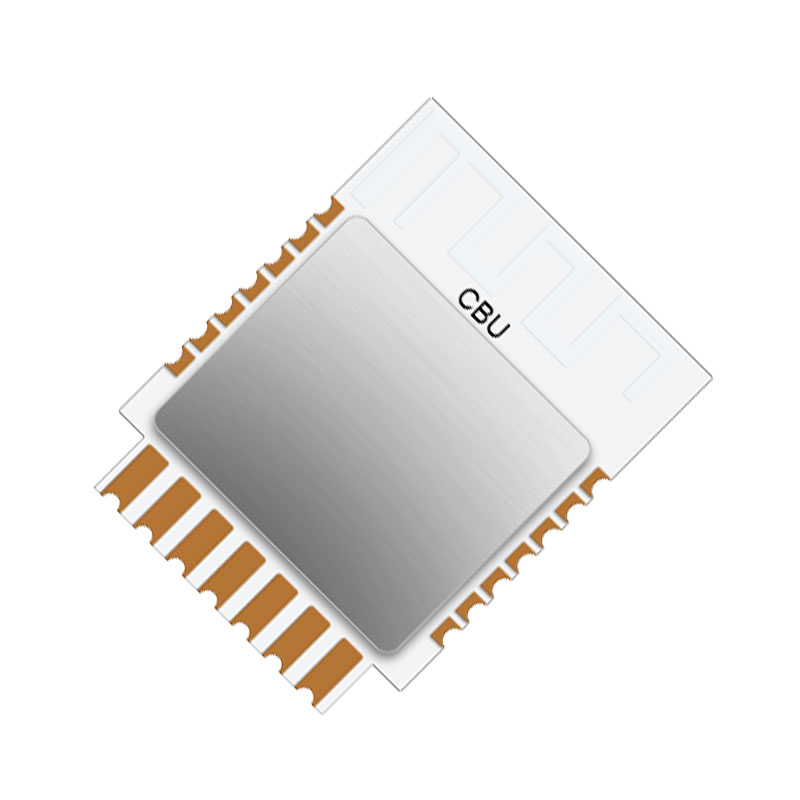
The rapid advancement of technology has opened doors for interconnectivity and seamless control over various devices. The Internet of Things (IoT) has emerged as a revolutionary concept, enabling remote monitoring and control of devices through the internet. In this article, we delve into the question: Can IoT modules be remotely monitored and controlled?
To understand the possibilities of remote monitoring and control, let's first explore the foundation of IoT modules. An IoT module consists of sensors, actuators, and a microcontroller, all tightly integrated into a compact device. These modules gather and transmit data to the cloud, where it can be processed and analyzed.
Remote monitoring is the pillar of IoT functionality. By leveraging the power of the internet, IoT modules can transmit real-time data to a centralized system. Utilizing protocols such as MQTT, data can be securely transported to the cloud, enabling continuous monitoring of the modules. This provides valuable insights, allowing businesses and individuals to make informed decisions.
The ability to remotely control IoT modules is a game-changer. By integrating actuators into IoT devices, individuals can exert control over connected devices from anywhere in the world. Through a user-friendly interface, commands can be sent to the IoT modules, triggering actions such as switching on devices or adjusting settings. The convenience and flexibility offered by remote control enhances efficiency in various industries.
While the benefits of remote monitoring and control are undeniable, security becomes a paramount concern. IoT modules must be equipped with robust security measures to ensure data integrity and prevent unauthorized access. Industry-standard encryption protocols, secure cloud platforms, and regular security updates are essential to maintain a secure IoT ecosystem.
The future of IoT modules and remote monitoring and control is brimming with possibilities. As technology continues to evolve, advancements such as edge computing and AI-powered analytics will magnify the capabilities of IoT modules. However, it is imperative to address concerns related to data privacy, scalability, and interoperability to fully harness the potential of remote monitoring and control.
In conclusion, IoT modules can indeed be remotely monitored and controlled. The interconnectivity and control provided by IoT revolutionize industries by offering real-time data insights, convenience, and efficiency. However, it is crucial for manufacturers and users to prioritize security and address future challenges to unlock the full potential of remote monitoring and control in the ever-expanding world of IoT.
 Trolink Joint With Tuya to Make Iot Benefit Every Family
Trolink Joint With Tuya to Make Iot Benefit Every Family
 5 Key Indicators for WiFi Module Selection You Have to Know !
5 Key Indicators for WiFi Module Selection You Have to Know !
 IOT module is the brain of smart products
IOT module is the brain of smart products
 What is the signal coverage range of the WiFi module chip?
What is the signal coverage range of the WiFi module chip?